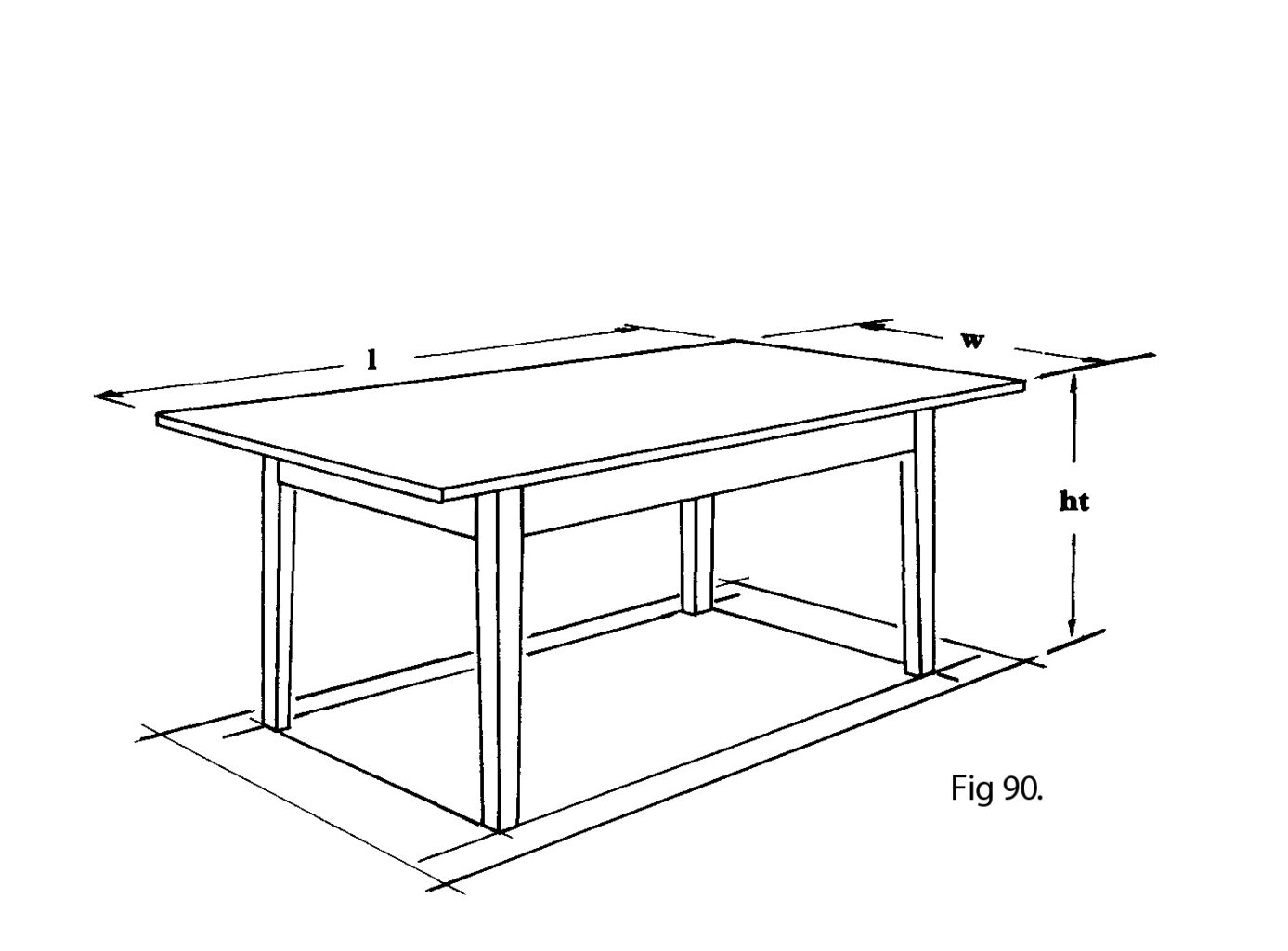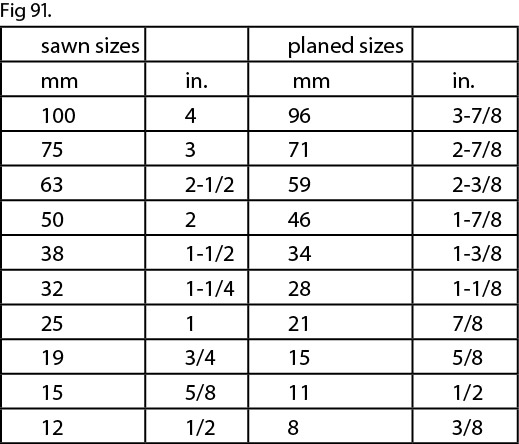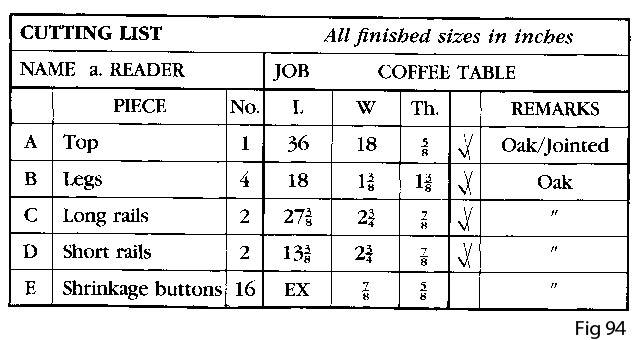
One of our local treasures, the Baker Hunt Art and Cultural Center, hosts a free lecture series in its Scudder House ballroom, and the speaker on August 13 is Christopher Schwarz. His subject? Chairmaking, of course!
“Not long ago, most households in Kentucky had the basic tools and skills to build their own furniture. If you raised crops or animals, you needed a few tools to keep things working. Plus you had time during the winter to make a table or a few chairs.
“Today, a skill like chairmaking seems entirely too difficult to do without special training. Chairs have a lot of crazy angles and difficult joints. But we know that farmers and laborers made them all the time. How?
“For the last 22 years, furniture maker Christoper Schwarz has studied the furniture made by everyday people – what academics call “vernacular furniture – which is ignored by most museums. By studying older pieces and building new versions of them, Chris has found the clever ways in which farmers and other non-professionals did complex trigonometry and precise joinery using basic tools.
“In this presentation, Chris will show off a 300-year-old chair made by a farmer and the clues it offers as to how it was built. And then he’ll use those clues to assemble a basic chair on stage.”
The lecture is from 6-8 p.m.; a cash bar is available. While the event is free, seating is limited, so registration is required. The Center is located at 630 Greenup Street, Covington, Ky., 401011.















